Laser writing of single spin defects in wide bandgap materials
Optically active spin defects in wide bandgap materials, such as diamond and silicon carbide (SiC), have attracted much attention as candidates of quantum photonic systems [1,2]. Up to date, many promising colour centres with stable optical emission and long spin coherence time [3-5] show favourable properties as quantum light sources and provide optical interfaces with electron and nuclear spins. In particular, the nitrogen-vacancy centre (NV-) in diamond and the silicon vacancy centre (VSi) in SiC have shown the potential of their use in many quantum applications [6-9]. In order to achieve scalable devices, precise generation and positioning of high-quality single colour centres on demand in diamond and SiC is essential. In this regard, ion implantation method has been used to engineer these colour centres in these host materials with high spatial accuracy [10,11], but comes at the expense of creating considerable residual lattice damage, which may reduce the spin and optical coherence properties.
Laser processing is a powerful technique for generating damage within diamond and SiC. The physical mechanism by which damage is generated is highly non-linear, so that with adaptive optics and careful selection of laser pulse energy one can generate damage localised to the volume of submicron dimension at any position.
We use single, femtosecond pulses from a Ti:Sapphire laser (λ = 790 nm, t = 250 fs) to generate a damage array in a commercial high purity CVD diamond and a 4H-SiC epitaxial layer. To determine optimal conditions for single colour centres generation, various pulse energies have been tried. For the diamond case, single NV- centres are generated after annealing in furnace at 1000°C for 3 hours. The positing accuracy of the generated NV- centres are determined to be about 200 nm in x-y plane. The T2 spin coherence time is measured up to 700 µs. Most NVs show narrow, stable zero-phonon-line (ZPL), including a selection which are at the lifetime-limited linewidth of 13MHz at 4K. Furthermore, we create second generation laser writing method by adding subsequent multiple pulses with lower pulse energy to achieve local annealing. Combining the laser writing apparatus and confocal microscope ensures to monitor the NV emission during multiple pulses process. As a result, we successfully increase the yield of single NVs from 45% to almost unity with T2 time up to 170 µs. This new method also improves the positioning accuracy to 40 nm.
In the regard of SiC case, the annealing is not required to generate VSi centres. Immediately after laser writing, the low temperature spectra and photon autocorrelation measurements show the generation of single VSi centres with yield up to 30%. We also investigate the mechanism of the VSi centres in SiC. Our results demonstrate the multiphoton absorption is the dominant mechanism and this process involves 15 photons, meaning that the SiC needs to simultaneously absorb 15 photons to create one VSi centre. The positioning accuracy is measured to be around 80 nm in transverse plane.
Reference
[1]. M. Atatüre et al. Nat. Rev. Mater. 2018, 3, 38-51.
[2]. D. D. Awschalom et al. Nat. Photon. 2018, 12, 516-527.
[3]. D. M. Doherty et al. Phys. Rep. 2013, 528, 1-45.
[4] M. Widmann et al. Nat. Mater. 2014, 14, 164-168.
[5] H. Seo et al. Nat. Commun. 2016, 7, 12935.
[6] L. Rondin et al. Rep. Prog. Phys. 2014, 77, 056503.
[7] M. Niethammer et al. Phys. Rev. Appl. 2016, 6, 034001.
[8] B. Hensen et al. Nature. 2015, 526, 682-686.
[9] M. Radulaski et al. Nano Lett. 2016, 1612, 02874.
[10] S. Pezzagna et al. Small. 2010, 6, 2117-2121.
[11] J. Wang et al. ACS Photonics. 2017, 4, 1054..


